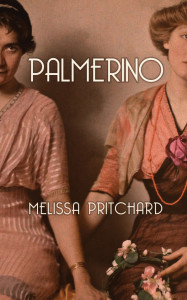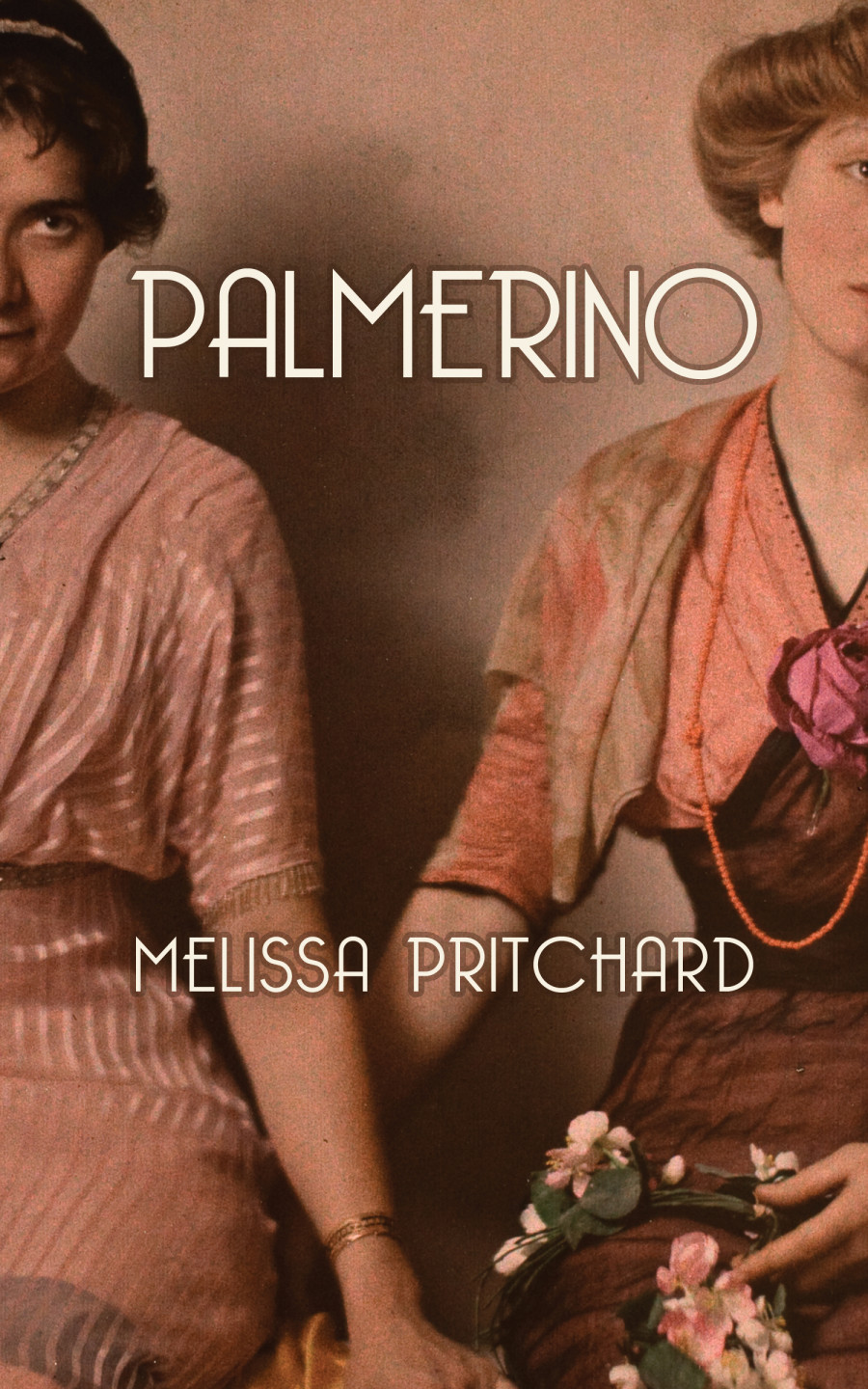 Palmerino
Palmerino
by Melissa Pritchard
Bellevue Literary Press. 192 pages, $14.95
MELISSA PRITCHARD has opened the door to understanding a once famous British lesbian writer who, while she figures in contemporary scholarly lesbian–feminist journals, is not easy to track down in more popular works. Palmerino is a beautifully written and well-structured work, and after reading Vineta Colby’s 2003 biography titled Vernon Lee, I can say that Palmerino is based very closely on the life of Violet Paget (1856–1935), who published over forty works, the first of which was the well-received Studies of the Eighteenth Century in Italy (1880), written in her early twenties.
Violet Paget assumed the name Vernon Lee so as to be taken seriously as a writer in the late 19th century, but she used the names intermittently in both public and private contexts. She had several same-sex relationships throughout her life, of which one was with Mary Robinson, a published poet, and another with Clementina (“Kit”) Anstruther-Thomson, described as a “reckless, slangy girl.” Paget/Lee’s busy life was filled with travel, friendships, complex family dynamics, and a salon of female followers. One of the more notable members of her circle was the British poet Amy Levy (1861–1889), probably a lesbian, who took her own life after Paget/Lee refused her attentions.
Due to Palmerino’s brevity, many of these aspects are only touched upon. Pritchard has wisely decided to concentrate on Paget/Lee’s two major relationships, which show her at her most vulnerable. Pritchard tells the story through a contemporary character named Sylvia—a heterosexual woman fleeing an unhappy marriage (her husband is involved with another man)—who finds herself at Villa il Palmerino, the name of the Paget family homestead, which still stands in Florence. Told in short chapters and narrated in turn by Sylvia and by “V,” Palmerino recounts Sylvia’s search for the real “V,” and for the secret life that Violet/Vernon led behind closed doors. In the words of Terry Castle in Literature of Lesbianism (2003), Paget/Lee’s “personal life was tormented in the extreme”: she invited, then resisted, physical relationships. Her voluminous correspondence and journals document her antipathy toward anything openly sexual.
Writes Pritchard, in the voice of “V”: “With the poet Mary Robinson, my worship was half-reciprocated. Only with Mary, and later with Kit, did I dare take off my brain, like a hat. Talk was camouflage, intended to enthrall persons well beyond my age and minor achievement.” Paget/Lee had what amounted to an emotional breakdown after Mary Robinson left her for James Darmesteter, a brilliant man who was severely physically handicapped. The only comfort that Paget/Lee could have taken was the fact that the couple undoubtedly had a sexless marriage.
Kit Anstruther-Thomson, as depicted by Pritchard, was openly demonstrative and a natural with other people, a quality that stood her in good stead at the Paget family home. (Paget/Lee’s half brother Eugene Lee-Hamilton, an otherwise healthy man who willed himself into hysterical paralysis for many years so as to maintain a pathological bond with their mother, virtually leapt out of bed, became a world explorer, married, and fathered a child immediately after she died.) After about a decade, though, Anstruther-Thomson had had enough of Paget/Lee, and the couple parted on amicable terms.
When they were children, Violet Paget and John Singer Sargent were close friends, and his portrait of the adult Paget/Lee currently hangs at the Tate in London. Paget/Lee, with cropped, tousled hair and spectacles, appears ready to burst into conversation. (Henry James called her, in a frequently quoted letter, the most intelligent mind in Florence, praising her “vigour and sweep.”) She and James appeared in each other’s novels: she in James’ Roderick Hudson (1875) and he, to his distress, in the roman à clef Miss Brown (1884).






